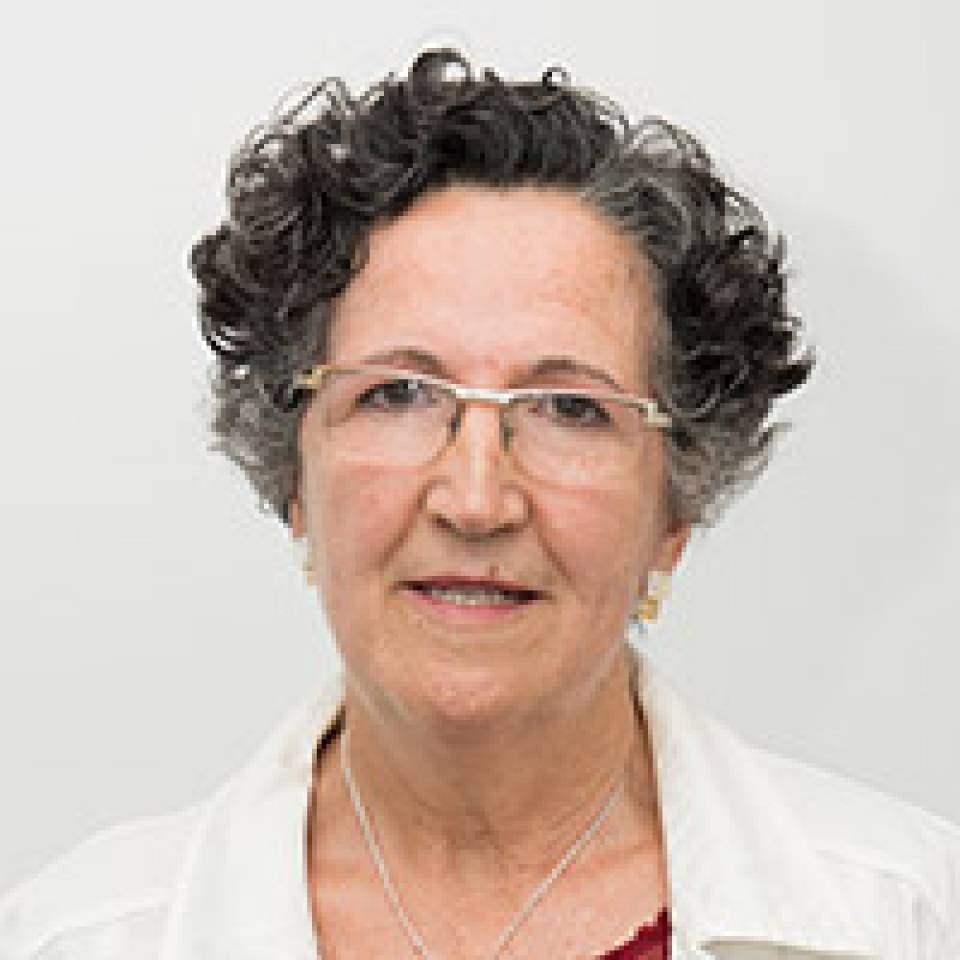Frequently Asked Questions about Osteoporosis
What’s wrong with me?
It is known that ageing leads to a progressive loss of bone mass. This loss usually begins at around 45–50 years and in the case of women it is more notable during the menopause, a period in which there is a marked decrease in oestrogen levels.
Men are also afflicted by osteoporosis, although less frequently than women. In fact, 1 in every 5 men over 50 will suffer an osteoporotic fracture during their lifetimes. Furthermore, it is important to highlight that the main causes of osteoporosis in men are corticosteroid treatments, excessive alcohol consumption and hormonal disorders; having said this, no cause of the osteoporosis can be found in almost half of all cases, particularly among young individuals.
Yes; young adults (men and women below the age of 50) can also develop osteoporosis but much less frequently. In this event, it is advisable to analyse the presence of other illnesses, treatments or associated hormonal disorders. Occasionally, the diagnosis of osteoporosis in young people is not associated with any illness and, in some individuals, it may be related to a genetic component and the failure to achieve a sufficiently high peak bone mass.
It is very important to consider how the fracture occurred, whether due to a high-velocity (e.g., a traffic accident) or low-velocity impact (e.g., falling over). The location of the fracture must also be taken into consideration. Fractures associated with osteoporosis normally occur in the wrist, spine, hip (femur), arm (humerus) and pelvis. If you have suffered a fracture in any of these locations and/or one caused by a low-velocity impact, then you should discuss the potential need for an osteoporosis study with your doctor.
What tests will I undergo?
A bone density scan should be performed to confirm the diagnosis of osteoporosis. This should be accompanied by a blood analysis to evaluate bone metabolism parameters. Furthermore, any prior fractures must be assessed and so you will often undergo X-rays of the spine to rule out the presence of any undetected vertebral fractures.
The hip or lumbar spine (surgical fixation in the lumbar spine region) implant material can affect the determination of bone mass in this area, as can vertebral deformities such as scoliosis.
What treatments are available?
No; each drug has its own features. Nor are all bone resorption reducing agents or antiresorptives (bisphosphonates, denosumab, SERMs and oestrogens) equal; and neither are the bisphosphonates. Although they all initially act on bone-degrading cells (osteoclasts) they do so by different mechanisms. Bone-forming treatment with teriparatide acts on bone-forming cells, known as osteoblasts, whereas the mode of action of antiresorptive treatments involves the cells responsible for degrading, reabsorbing and remodelling bone, these are called osteoclasts.
Antiresorptive treatments act on bone-degrading cells (osteoclasts) and decrease their activity through different mechanisms. While the bone-forming treatment has a direct effect on the cells that create bone (osteoblasts) and increases their activity.
No; they vary in composition and the amount of calcium they contain. Different calcium formulations are available – calcium carbonate, calcium lactate gluconate, calcium pidolate and calcium citrate, amongst others.
Patients with kidney stones should optimise their calcium intake through their diet; you should not take calcium food supplements. If you have kidney stones, then we recommend that you discuss it with your doctor.
This depends on its composition. For example, calcium carbonate, the most commonly used calcium supplement, should be taken with meals. Whatever the case may be, if in doubt you should discuss it with your pharmacist.
Yes; the use of sunscreens reduces the amount of vitamin D synthesised by the skin. However, sunscreens must be worn to prevent skin cancer.
Yes; exposure to sunlight through a glass window does not activate any vitamin D synthesis.
This depends. There are treatments, e.g., the bisphosphonates, that have a residual effect on the skeletal system as they remain bound to the bone for years. Therefore treatments with alendronic acid and zoledronic acid, which are the bisphosphonates with the highest bone binding affinity, have a residual effect that will last for several years after discontinuation. Risedronic acid also has a residual effect but it does not last for as long.
However, it is important to point out that there are treatments that will lose or diminish any benefits gained within 1 or 2 years of discontinuing the therapy. And so upon suspending treatment with teriparatide (bone-forming agent) or denosumab (antiresorptive agent) osteoporosis patients need to take another treatment to “fix” or maintain the positive effect (this could be an oral or intravenous bisphosphonate).
Living with osteoporosis
It depends; most yoghurts contain 130–150 mg of calcium per unit regardless of whether they are natural, sweetened and/or flavoured. Nor are there any significant differences in calcium content between skimmed and whole-milk yoghurts. Calcium-enriched yoghurts contain approximately 500 mg of calcium per unit.
Yes; skimmed, semi-skimmed and whole milk all contain the same amount of calcium (they contain an average of 250–275 mg per 250 mL). Nevertheless, calcium-enriched milk contains approximately 400 mg of calcium per 250 mL.
Lactose-free milk contains approximately 250–275 mg per 250 mL. Almond milk can contain up to 300 mg of calcium per 250 mL.
No; the calcium content depends on whether it is a soft or hard cheese. Table 3 summarises the approximate calcium content found in different types of cheese.
Substantiated information by:



Published: 20 February 2018
Updated: 20 February 2018
Subscribe
Receive the latest updates related to this content.
Thank you for subscribing!
If this is the first time you subscribe you will receive a confirmation email, check your inbox